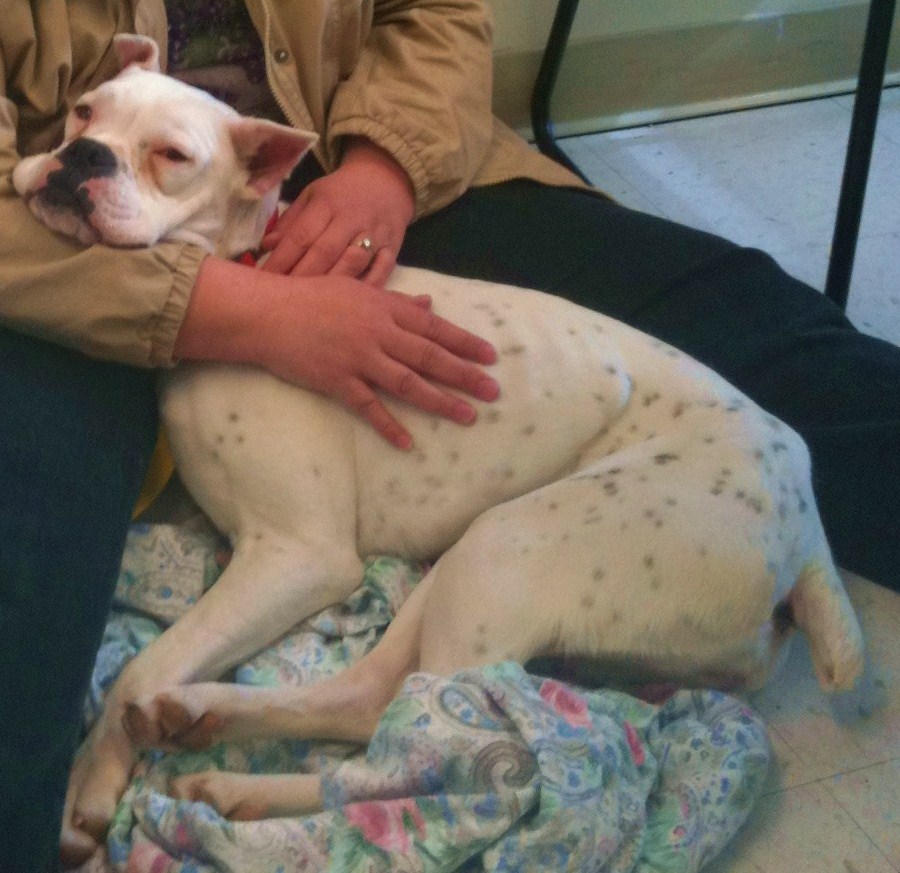
You may not ever have heard of dog allergies, or you may have noticed something strange with your dog lately. if you’re a new dog owner, or have never encountered a dog with allergies before, you may not be aware of the common dog allergy symptoms.
However, with as many as twenty percent of dogs thought to have some form of allergy, it’s a good idea to learn what they look like, just in case! here are a few of the common dog allergy symptoms to look for:
* Hair loss – unexplained hair loss on large areas of the body.
* Skin problems – an allergy may be present if your dog suffers from a dry, flaky, itchy skin. You might even notice hives or swellings, or sometimes even areas that look like ringworm. a trip to the vet should allow you to distinguish between other diseases or conditions and an allergy related skin disorder.
* Ear inflammations – excessive redness, shaking of the head, or constant scratching at the ears may also be a symptom of an allergy.
* Chronic hot spots – raw, inflamed areas of skin, usually caused by your dog licking excessively.
* Excessive scratching, biting or chewing on itself. some dogs become almost obsessed, to the extent that they injure themselves!
* Poor coat – dull, dry or excessive shedding hair may all be a result of an allergy, rather than seasonal change or other factors. if your dog is looking shabby, with no good reason, there’s a good chance you’ve got an allergic pooch on your hands.
* an upset stomach – usually a symptom of a food allergy. Loose stools and vomiting are typical examples of allergic reactions to foods.
If any or all of these are present in your dog, and you have noticed them over some time, chances are you’re looking at dog allergy symptoms. It’s also worth noting that sometimes, dogs that were not allergic to something before, suddenly (or gradually) develop an allergy to it.
Unlike diseases, allergies cannot be cured, but they can be treated, simply by removing the irritant that is causing the dog allergy symptoms. while that may sound simple, it’s not always. Your dog cannot speak to you to tell you what’s causing irritation. He probably doesn’t even know himself. In fact, many dogs with food allergies will gratefully wolf down the very things that are causing their allergy.
For this reason, it’s important to keep a close eye out for dog allergy symptoms, and if you do notice them, to begin the long, and sometimes arduous, process of elimination that will help you identify the allergen. Then it’s simply a case of removing it from the dog’s environment.
Again, an allergy is not curable, but it can usually be treated by removing the allergen. Sometimes, your veterinarian may suggest treatments of another kind, for example cortisone. Whatever the treatment is though, you can rest assured that your dog will feel much better without the often pesky dog allergy symptoms he’s been living with!
Incoming search terms for the article:
- how to identify what your dog is allergic to
- new dog